THE SIX STEPS TO ZOMBIE DEFENSE’S SUCCESS
SWITCHING FROM A HYPERCASUAL TO A HYBRIDCASUAL STRATEGY
You can’t hit a target if you don’t aim for it. The same is true for gaming. If you don’t have a vision, you can’t hope to achieve it. When we – Homa and Yorf – first came up with the idea for Zombie Defense we knew what we wanted. A game with the flair of Call of Duty: World at War – Zombies, but with gameplay that works on the go.
Our team knew that a traditional shooter would have limited marketability and that cost-per-install (CPI) would be difficult. To overcome these challenges, we focused on in-app purchases (IAP) and a hybrid strategy, to ensure the game was marketable. The result was an LTV (lifetime value) of $2 D7. Also, by following six key best practices, we managed to turn Zombie Defense from a hypercasual game into a hybridcasual hit while increasing engagement, driving revenue, and appealing to a broader audience.
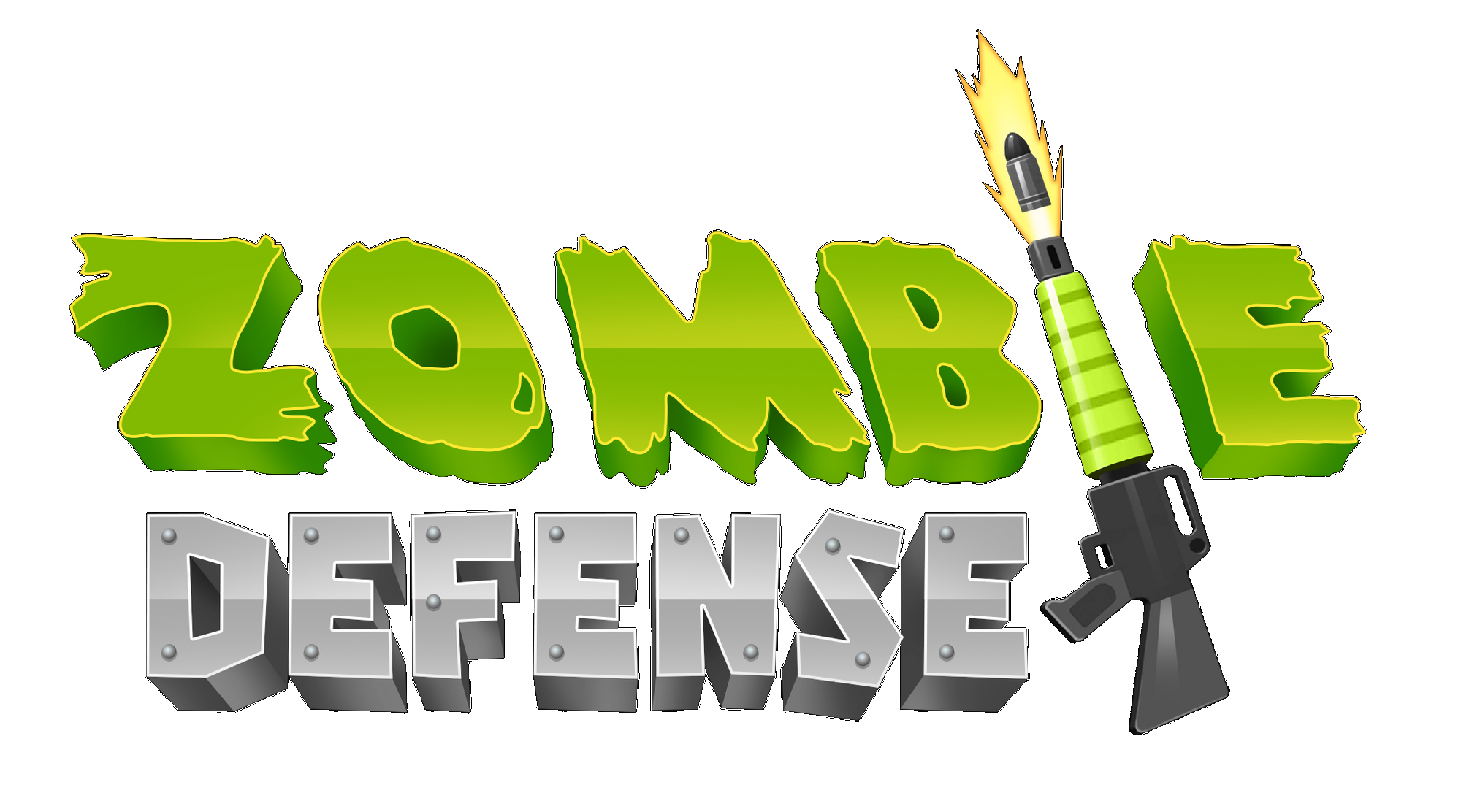
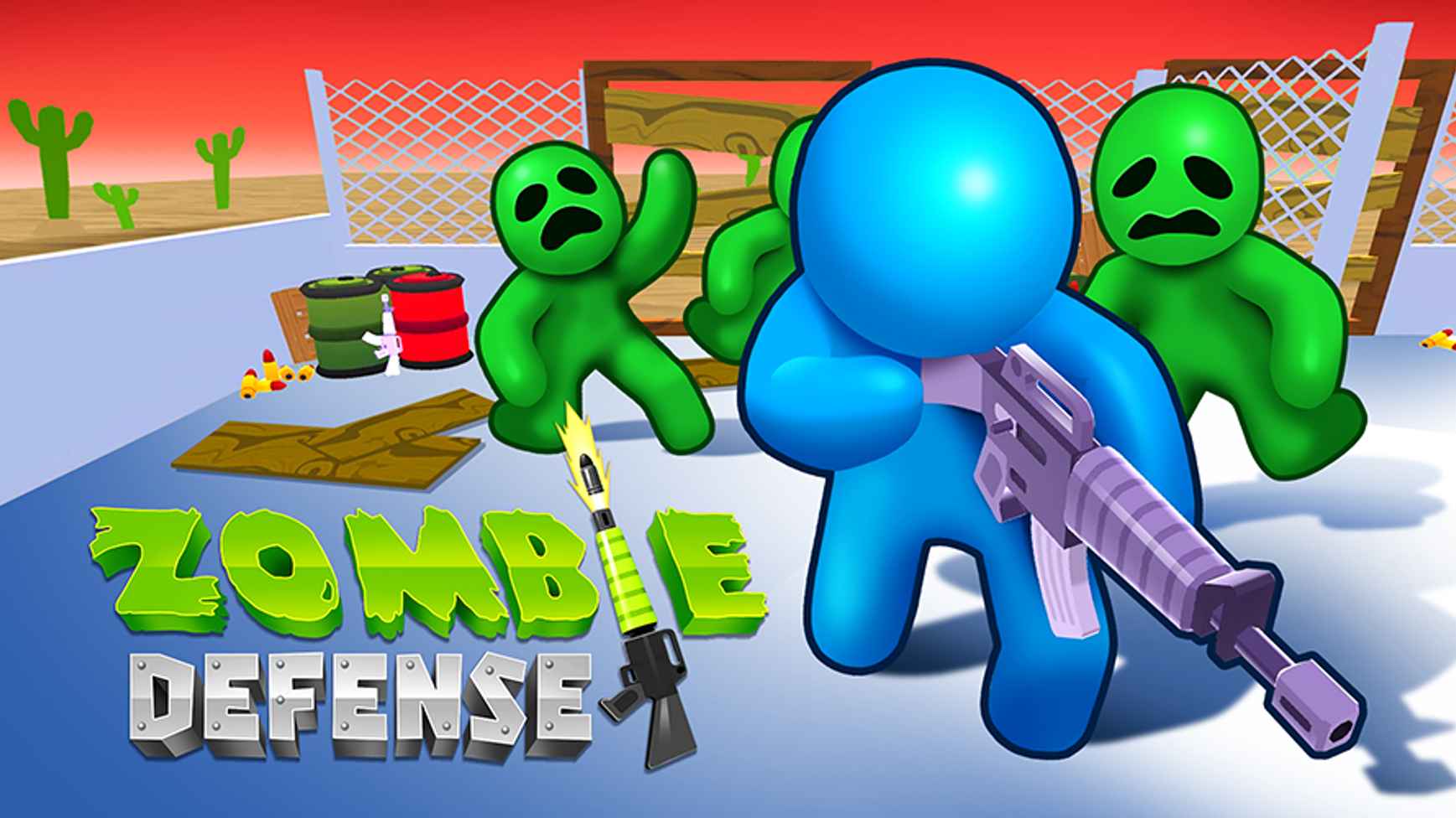
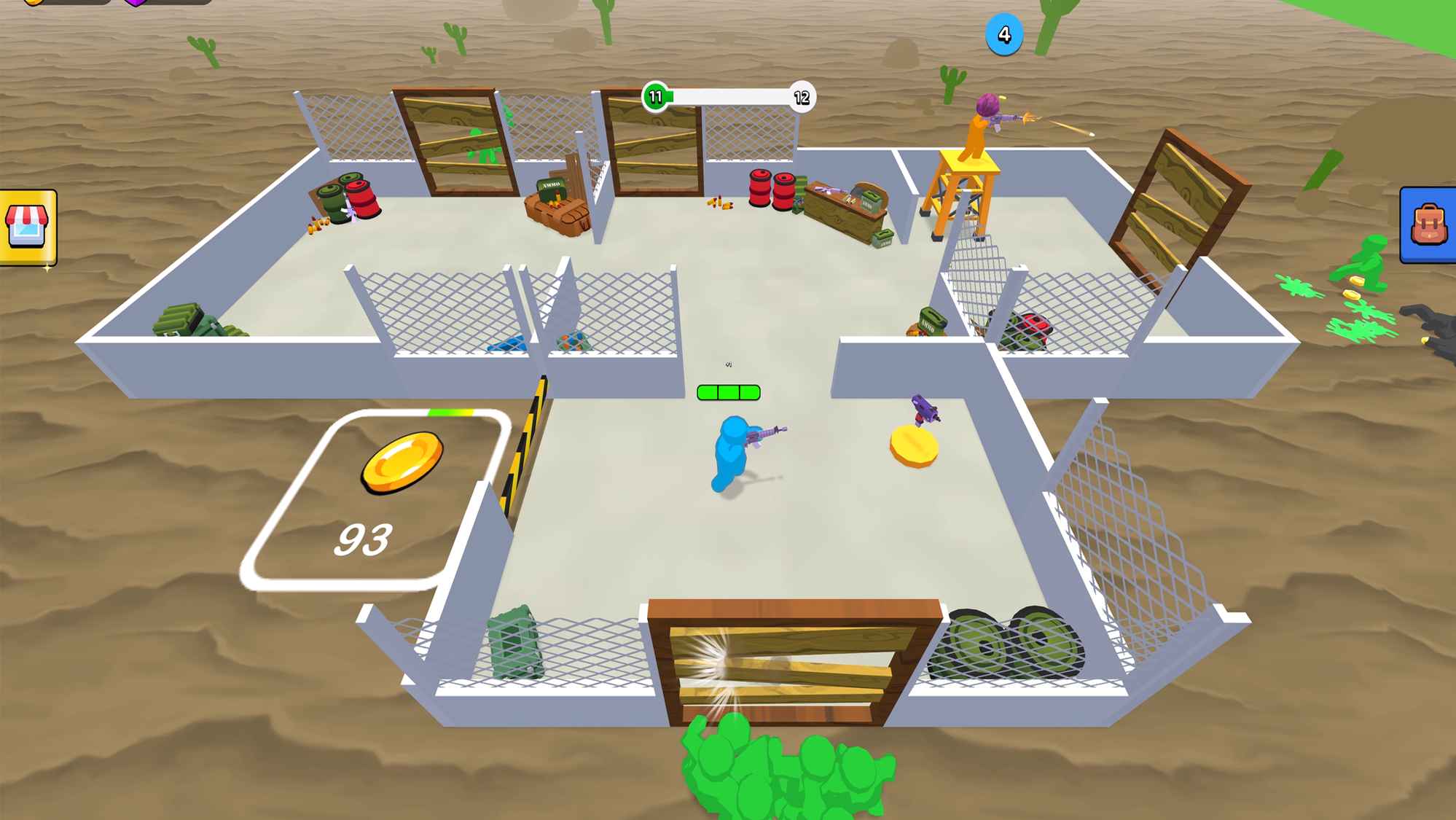
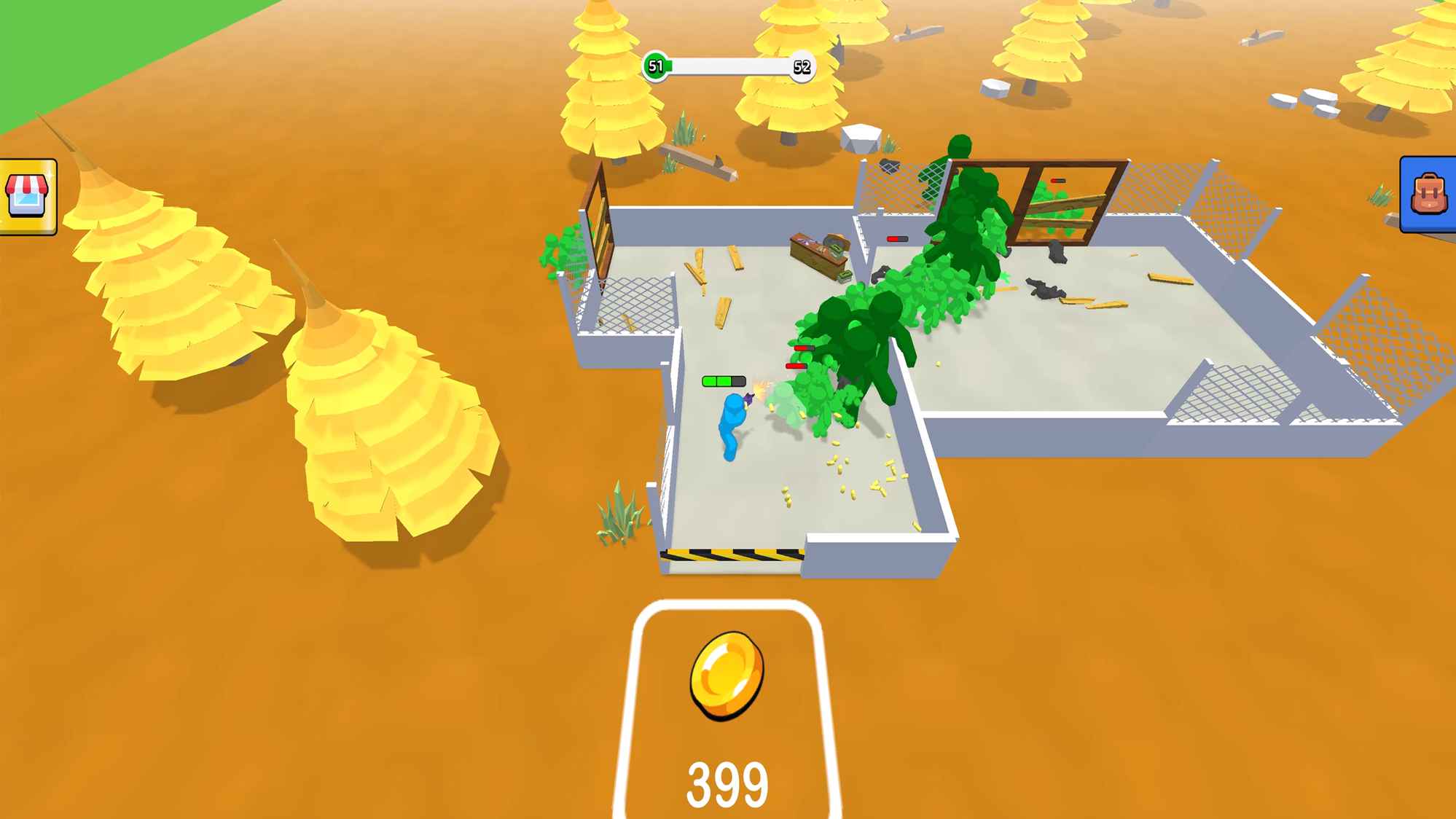
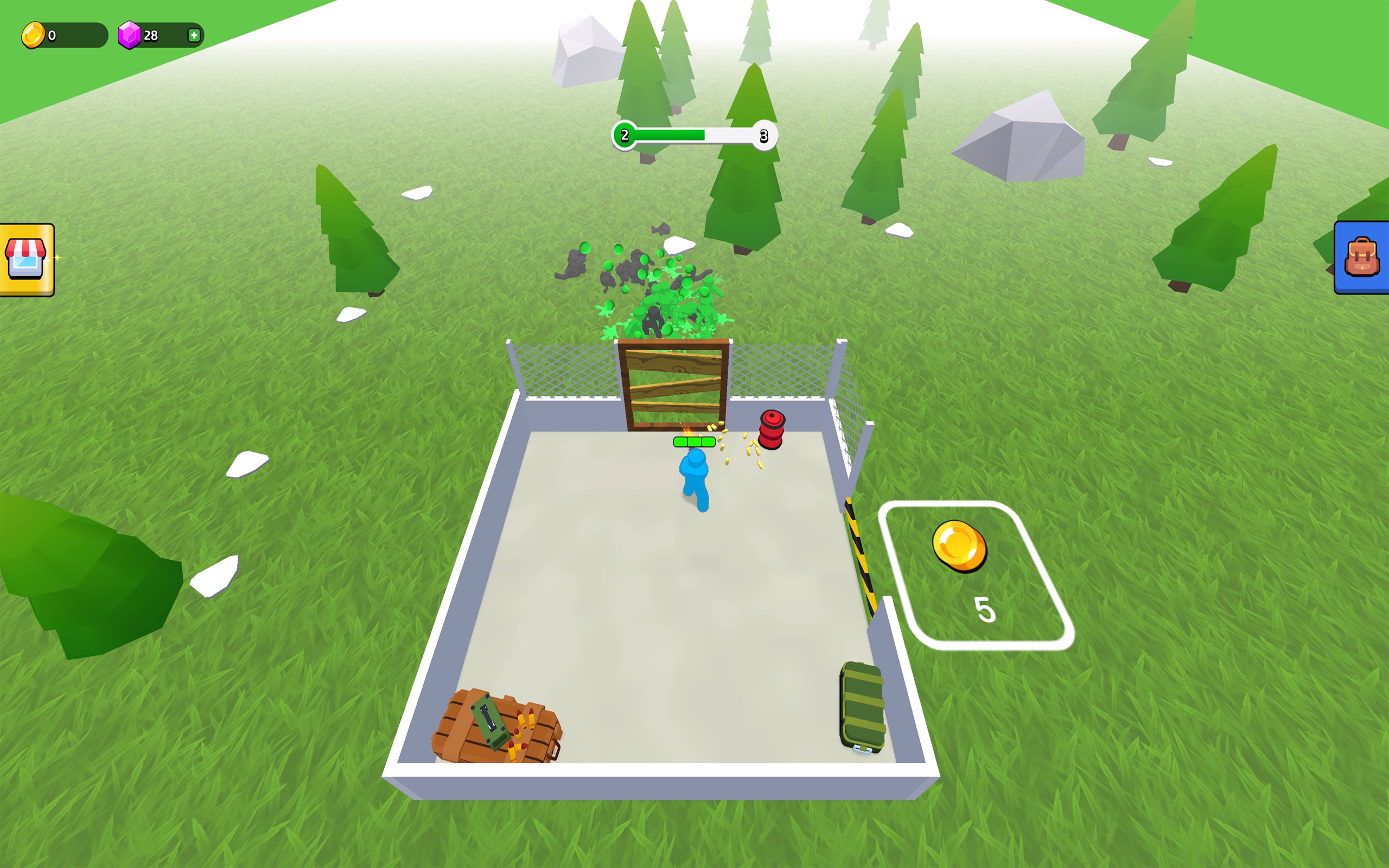
#1
Make sure the game is marketable
If you’re developing a hybridcasual game, you need to think long-term. You can’t keep players around if they don’t enjoy the core gameplay.
That’s why our team spent five weeks polishing our prototype to make sure the game had enough depth to be marketable. We also worked to make sure the videos were clear, and the level design was fun. By doing this we ensured that the game was engaging and improved our cost-per-install.
TIP:
Consider including a tutorial or story mode. This will help ensure that players stick around long enough to get invested in the game.
#3
Deepen your metagame
While the core gameplay was solid, the game needed a little more meat on its bones. So we gave the game a soft role-playing feel by introducing new weapons, characters, and loot. We also added an infinite mode and a bonus level in the Colosseum.
With this added variety, we were able to appeal to a wider audience and keep players engaged.
TIP:
Another way to keep players engaged is to add social features. If they can play with friends or participate in tournaments, they’re much more likely to keep playing.
#5
Scrutinize your metrics
With Hybridcasual, it’s important that you focus on keeping players with you. The longer they play, the more likely they’re to make an in-app purchase. It’s more about lifetime value than cost-per-install.
But you need data. Without data, how can you know what’s working? So we tracked playtime, session duration, whale potential, and retention rates for D30, D60, and D90. Once we knew the facts, we could adjust our tactics to increase our lifetime value.
TIP:
Use analytics tools to track how your players spend their money. And look for patterns that can help you decide what content to add and how to change your monetization strategy.
#2
Test your game economy to boost LTV
Now that we had the core gameplay, we needed to make sure we could make money with it. When should we show rewarded ads? Which offers are appealing? What is the right balance?
So we A/B tested over 10 game economies to see which one resonated well with our players. The winning economy increased our advertising lifetime value (ad LTV) by 10%.
TIP:
Offer in-game rewards, such as coins or power-ups for watching ads. This can increase your lifetime value.
#4
Round out your in-game store
Now that we had the core gameplay, we needed to make sure we could make money with it. When should we show rewarded ads? Which offers are appealing? What is the right balance?
So we A/B tested over 10 game economies to see which one resonated well with our players. The winning economy increased our advertising lifetime value (ad LTV) by 10%.
TIP:
You can also set up a subscription service to offer players exclusive content or power-ups that can increase revenue.
#6
Keep releasing content
A heart can’t keep beating if it doesn’t have blood to pump. Even after launch, it’s important that you continue to create new content, optimize the game’s economy, and adjust the difficulty level. That way, you can continue to offer your players the best experience possible. And the happier your players are, the higher the lifetime value you’ll achieve.
So we used our data to divide our players into different groups. Based on these groups, we then tailored the game to their individual preferences.
TIP:
Run A/B tests to experiment with different features and pricing to improve game performance. Especially within specific segments. For example, you might find that you should offer more in-app purchases to whales and more ad-based rewards to regular players.
#1
Make sure the game is marketable
If you’re developing a hybridcasual game, you need to think long-term. You can’t keep players around if they don’t enjoy the core gameplay.
That’s why our team spent five weeks polishing our prototype to make sure the game had enough depth to be marketable. We also worked to make sure the videos were clear, and the level design was fun. By doing this we ensured that the game was engaging and improved our cost-per-install.
TIP:
Consider including a tutorial or story mode. This will help ensure that players stick around long enough to get invested in the game.
#2
Test your game economy to boost LTV
Now that we had the core gameplay, we needed to make sure we could make money with it. When should we show rewarded ads? Which offers are appealing? What is the right balance?
So we A/B tested over 10 game economies to see which one resonated well with our players. The winning economy increased our advertising lifetime value (ad LTV) by 10%.
TIP:
Offer in-game rewards, such as coins or power-ups for watching ads. This can increase your lifetime value.
#3
Deepen your metagame
While the core gameplay was solid, the game needed a little more meat on its bones. So we gave the game a soft role-playing feel by introducing new weapons, characters, and loot. We also added an infinite mode and a bonus level in the Colosseum.
With this added variety, we were able to appeal to a wider audience and keep players engaged.
TIP:
Another way to keep players engaged is to add social features. If they can play with friends or participate in tournaments, they’re much more likely to keep playing.
#4
Round out your in-game store
Now that we had the core gameplay, we needed to make sure we could make money with it. When should we show rewarded ads? Which offers are appealing? What is the right balance?
So we A/B tested over 10 game economies to see which one resonated well with our players. The winning economy increased our advertising lifetime value (ad LTV) by 10%.
TIP:
You can also set up a subscription service to offer players exclusive content or power-ups that can increase revenue.
#5
Scrutinize your metrics
With Hybridcasual, it’s important that you focus on keeping players with you. The longer they play, the more likely they’re to make an in-app purchase. It’s more about lifetime value than cost-per-install.
But you need data. Without data, how can you know what’s working? So we tracked playtime, session duration, whale potential, and retention rates for D30, D60, and D90. Once we knew the facts, we could adjust our tactics to increase our lifetime value.
TIP:
Use analytics tools to track how your players spend their money. And look for patterns that can help you decide what content to add and how to change your monetization strategy.
#6
Keep releasing content
A heart can’t keep beating if it doesn’t have blood to pump. Even after launch, it’s important that you continue to create new content, optimize the game’s economy, and adjust the difficulty level. That way, you can continue to offer your players the best experience possible. And the happier your players are, the higher the lifetime value you’ll achieve.
So we used our data to divide our players into different groups. Based on these groups, we then tailored the game to their individual preferences.
TIP:
Run A/B tests to experiment with different features and pricing to improve game performance. Especially within specific segments. For example, you might find that you should offer more in-app purchases to whales and more ad-based rewards to regular players.



.png)
.png)
.png)